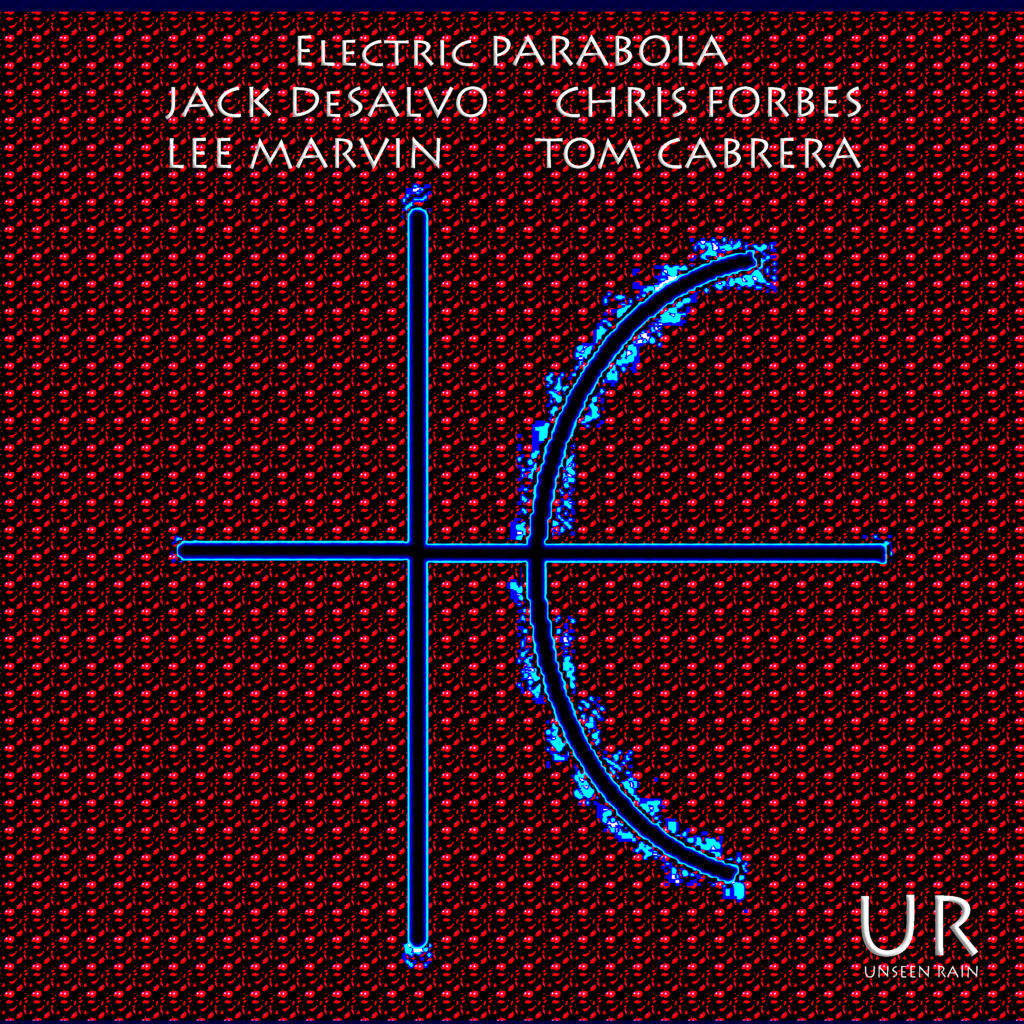

Wonderful Harmolodic Monk Review from Croatia
By admin | Published | No Comments
Sound Guardian Review of Harmolodic Monk
The title says it all! It reminds us of two jazz musicians who have marked the genre musical with innovation and distinctive authoritative work: saxophonist Ornette Coleman and pianist Thelonious Monk. While both early career met with incomprehension, even neglect, today they are celebrated as giants. Monk is one of the greatest composers in history of jazz, an author of a wealth of songs that have become jazz standards. His creativity is still an inspiration for new generations of jazz – and not only jazz musicians. Many of them are recorded themed albums with his compositions, among others the famous soprano saxophonist Steve Lacy, who was a great admirer of his work.
One of the most important representatives of free-jazz, Coleman founded his own musical concept – philosophy – which he called Harmolodics, and based it on his own composition/improvisation principles. Multi-instrumentalists Matt Lavelle and John Pietaro decided to record a theme album that honors both. The Monk’s works are processed in a manner close to Coleman harmolodics concept. The template for improvisation are found in some of Monk’s most famous songs: “Epistrophy”, “Pannonica”, “‘Round Midnight”, “Crepescule With Nellie”, “Ruby My Dear”, “Blue Monk”, “Monk’s Mood” and “In Walked Bud “, but also those less known to a wider circle of listeners, such as” Green Chimneys “and” Let’s Cool One “.
In addition to the musical setting, Lavelle, who plays cornet, flugelhorn and alto clarinet, and Pietaro, who plays the vibraphone, bodhran (Irish drum similar to the Arabic instruments related defu), congas and percussion, their approach is based on the philosophy of a grand music. For example, there is the significant Coleman’s story about his appearance at the psychiatric ward of a hospital when, looking at the audience, he could not distinguish between physicians from patients, as well as Bartok’s belief that new music has to be deeply rooted in folk music, the world’s musical heritage. All these experiences and consolidate completely in their vision of contemporary improvised music.
Although they are virtuosos who play musical instruments, that aspect is secondary. Primary is a new approach to standards, sound research, communication and interaction. The music that We would be happy to listen to some of this music at the upcoming Zagreb Biennial.
– Davor Hrvoj, Sound Guardian
Dragutin Andrić, Editor-In-Chief www.soundguardian.com

Leave a Reply
You must be logged in to post a comment.